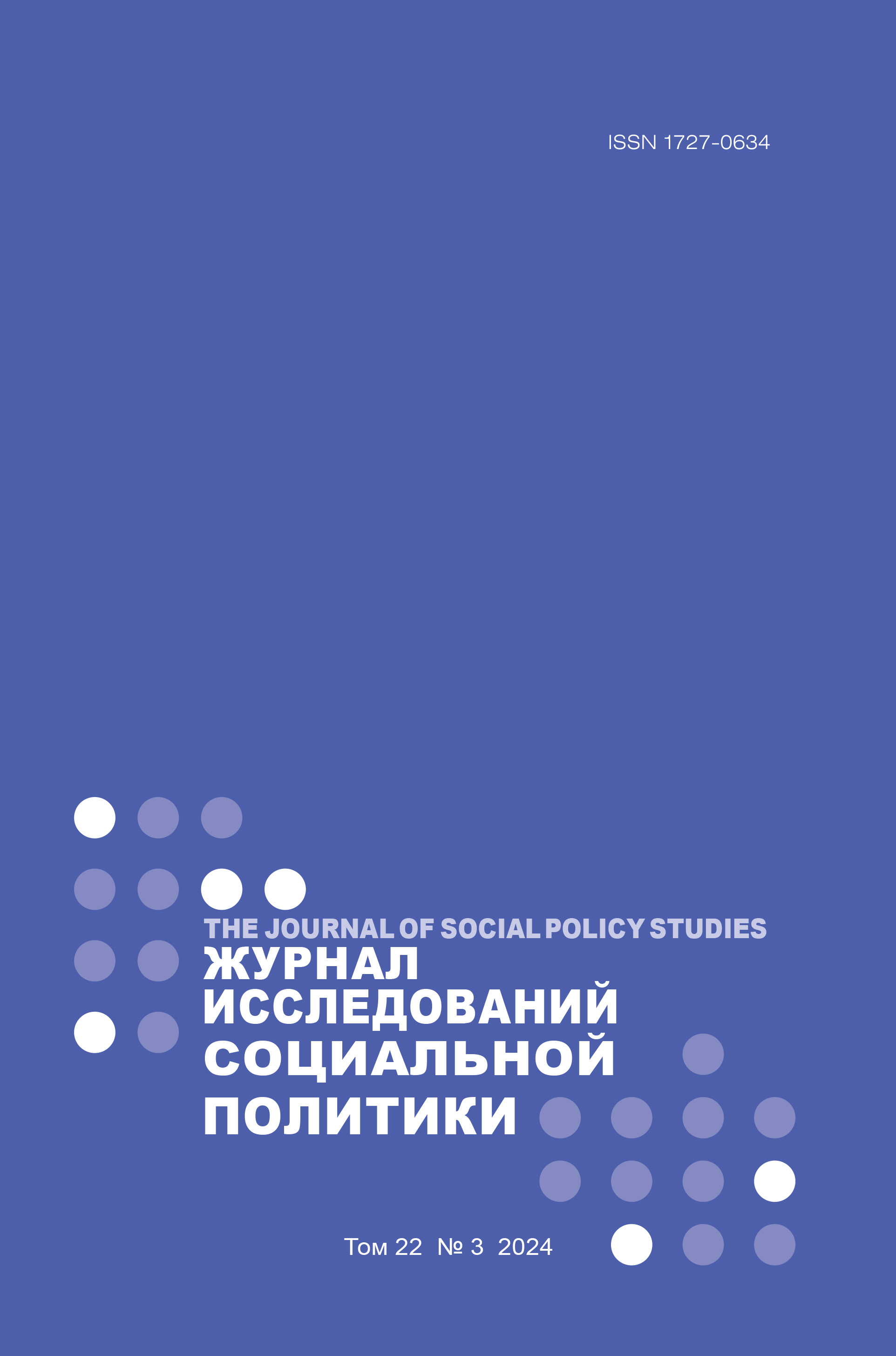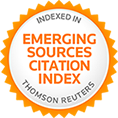Доверие как ресурс развития благотворительной деятельности
Аннотация
Благотворительная деятельность ‒ важнейший ресурс развития общества, особенно востребованный в периоды роста социального неравенства и увеличения социально-уязвимых слоев населения. На данный момент в России существует противоречие: благотворительность признается социально одобряемой деятельностью, но не всегда получает общественное признание. Частные благотворители участвуют в этой деятельности нерегулярно, в то время как благотворительные организации стремятся к долгосрочному сотрудничеству. В условиях кризисов системная благотворительность оказывается под угрозой. Устойчивость благотворительных практик требует усилий гражданского общества и поддержки государства. Данное исследование основано на концепции доверия как фактора, определяющего участие в благотворительности. Изучены социальные конструкты доверия, социальной справедливости и общественного одобрения, а также их влияние на участие в благотворительности. Предметом исследования стали практики частных благотворителей, их представления о благотворительности и связь между участием в ней, уровнем доверия к благотворительным организациям и субъективным ощущением счастья. Цель статьи заключается в выявлении связи между доверием к благотворительным организациям и вовлеченностью в благотворительную деятельность. Исследование показало, что мотивы благотворительности варьируются от альтруистических до психотерапевтических (эффект «теплого свечения»). Однако низкий уровень доверия к благотворительным организациям остается значимым барьером для регулярного участия в благотворительной деятельности. Несмотря на усилия благотворительных организаций и государства, в обществе сохраняются стереотипы, связывающие благотворительность со страданиями. Необходимы меры по популяризации благотворительности как позитивной практики и росту доверия к фондам. Результаты исследования могут быть использованы для разработки стратегий благотворительных фондов по привлечению частных доноров, формированию культуры участия и популяризации благотворительности, а также применены в образовательных проектах.















